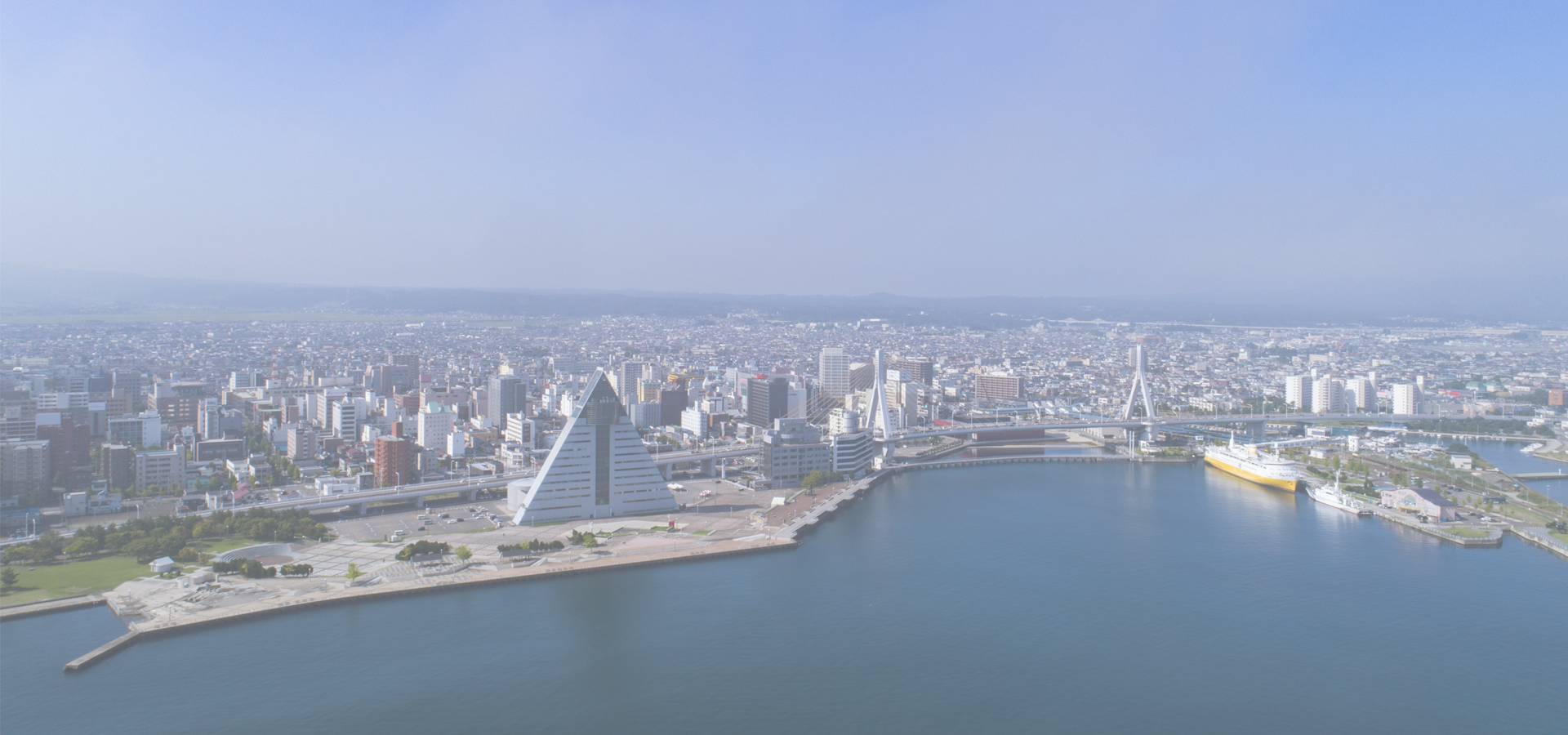Gonohe, Aomori Prefecture, Tōhoku Region, Japan
🇯🇵 Gonohe (五戸町, Gonohe-machi) is a town located in Aomori Prefecture, Japan. The total area of the town is 177.67 square km (68.60 sq mi).
Geography Gonohe is located in the north-eastern part of Sannohe District, approximately 16 km west of Hachinohe City and 10 km south-east of Towada City. The town is adjacent to Hachinohe City to the east, Shingō Village to the west, Nanbu Town to the south, and Towada City, Oirase Town and Rokunohe Town to the north. The land extends 16.8 km east to west and 18.55 km north to south.
The Gonohegawa River, which flows from Mt. Heraidake into the Pacific Ocean, and the Asamizugawa River, which originates from a hot spring swamp to join the Mabechi River, run parallel to each other through the town. While embracing these two rivers, residential areas have formed, and rice fields can be found in the flat areas that benefit from the favourable flows of water. The slightly sloped hillside areas spread to the east of the Ōu Mountains and are utilized as crop fields and apple orchards. Forests occupy more than half of the town's total area.
Neighbouring municipalities Aomori Prefecture • Hachinohe • Towada • Shingō • Nanbu • Oirase • Rokunohe.
History The most common meanings of the kanji used in the town's name (五戸) are "five" and "door/gate", respectively. However, in the case of Gonohe (and other similar place names in the region), it is believed that the second character in the name carries the meaning of 'ranch,' with the town name being derived from a numbered fortified stockade system developed by the Nanbu clan who once ruled in the region. In 1189, during the Kamakura period, Nanbu Mitsuyuki, a retainer of Minamoto no Yoritomo from Kai Province was awarded the Nukanobu (糠部) district of far northern Mutsu Province after the defeat of the Northern Fujiwara clan. The land was found to be suitable for raising warhorses, for which the region became famous. The area was part of Hachinohe Domain under the Edo period Tokugawa shogunate.
In April 1889, with the introduction of the modern municipalities system, the area became Gonohe Village. In November 1915, the village was elevated to town status. In July 1955, Gonohe Town was combined with neighboring Kawauchi and Asada villages; this also included incorporating part of the Tekurabashi area of Nozawa Village and the Toyomauchi area of Toyosaki Village. The town merged with the neighbouring village of Kuraishi on April 1, 2012. In recent years there has been a small community of repatriated Manchukuoan Japanese living in Kuraishi.
Government Gonohe has a mayor-council form of government with a directly elected mayor and a unicameral town council of 16 members. Tōhoku is part of Sannohe District which contributes three members to the Aomori Prefectural Assembly. In terms of national politics, the town is part of Aomori 2nd district of the lower house of the Diet of Japan.
Local culture In its earlier history Gonohe enjoyed a reputation as a breeding centre for horses of exceptional quality, popular amongst the samurai. With the decline of the samurai, Gonohe's horses continued to be bred for their meat. The lean horse meat is coveted as a delicacy, especially when served in its raw form, known as Basashi (馬刺し). This dish is a specialty of both Gonohe and Kumamoto in southern Kyūshū. After horses, Gonohe is best known for the local popularity of soccer.
Economy The key industry of the town is agriculture, with a focus mainly on producing vegetables, rice and livestock. Since the town was designated a new industrial city of the Hachinohe region, inland industries have developed in the Jizodaira Industrial Estate, where 20 companies are now in operation.
Education Gonohe has four public elementary schools and three public middle schools operated by the town government and one public high school operated by the Aomori Prefectural Board of Education.
Transport: Rail The Tōhoku Shinkansen passes through Gonohe, but the town has had no passenger railway services after the discontinuation of the Nambu Junkan Railway in 1968, which previously connected it to Hachinohe.
Transport: Road • National Route 4 • National Route 454.
Asia/Tokyo/Aomori

🇺🇸 Flemington 40.509
🇺🇸 Bloomington-Normal 40.508
🇺🇸 New Brunswick 40.494
🇪🇸 Las Rozas de Madrid 40.492
Locations Near: Gonohe 141.3,40.5167
🇯🇵 Oirase 141.383,40.583 d: 10.2
🇯🇵 Sannohe 141.25,40.367 d: 17.2
🇯🇵 Hachinohe 141.483,40.5 d: 15.6
🇯🇵 Aomori 140.753,40.822 d: 57.2
🇯🇵 Mutsu 141.183,41.283 d: 85.8
🇯🇵 Morioka 141.15,39.7 d: 91.7
🇯🇵 Goshogawara 140.433,40.8 d: 79.6
Antipodal to: Gonohe -38.7,-40.517
🇨🇱 La Reina -33.45,-33.45 d: 19101.8
🇧🇷 Tubarão -49,-28.467 d: 18378.7
🇧🇷 Rio Grande -52.099,-32.041 d: 18491.4
🇧🇷 Criciúma -49.372,-28.678 d: 18378.7
🇧🇷 Viamão -51.023,-30.088 d: 18407.3
🇧🇷 Pelotas -52.341,-31.763 d: 18453.7
🇧🇷 Gravataí -50.983,-29.933 d: 18396.6
🇧🇷 Alvorada -51.079,-30.001 d: 18396.4
🇧🇷 Cachoeirinha -51.083,-29.95 d: 18391.8